Space and science are inextricably linked. So, during the first two decades of the ISS operation, more than three thousand scientific experiments were conducted on board the station. But this is far from the limit. Various scientific experiments were carried out on previous orbital stations, as well as during the flights of shuttles and other spacecraft. And do not forget about the numerous scientific and experimental satellites that are regularly launched into space to test various promising technologies and materials.
In honor of the International Day of Science, the editors of The Universe Space Tech decided to talk about the five most interesting space experiments. They give some idea of how diverse extraterrestrial scientific research is.
Artificial ionosphere of the Earth
During the most intense years of the Cold War, the US military was very afraid that all existing communication systems would be disabled during the fighting. As a solution to the problem, it was proposed to create an artificial ionosphere around the Earth through which radio signals could be transmitted even in a nuclear war.
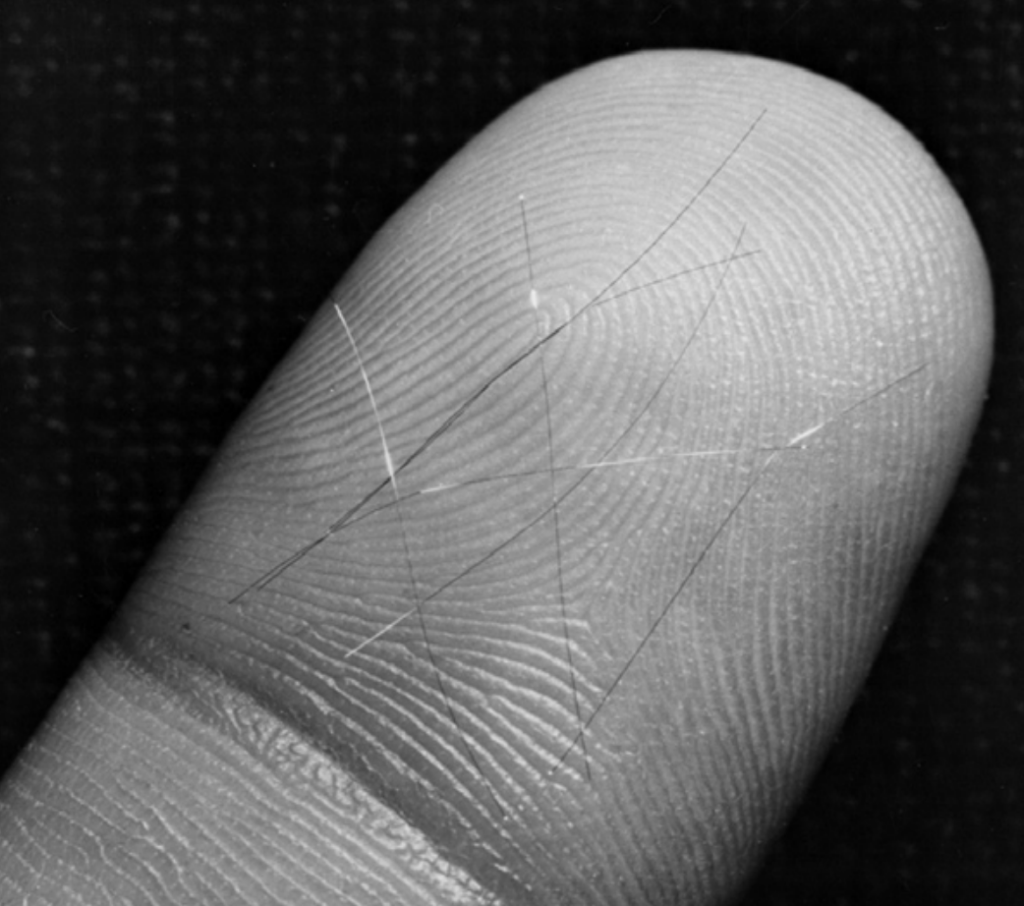
On May 9, 1963, this concept was tested in practice. That day, an American satellite threw 480 million copper needles into space (their length was 1.78 cm, diameter — 25.4 micrometers), which were supposed to play the role of miniature repeater antennas. They were distributed in orbit, essentially forming an artificial ring around our planet.
The experiment was a success. Subsequent tests showed that it was indeed possible to maintain radio communication through copper needles scattered around the orbit. However, it was the end of it. The rapid development of communication satellites and the appearance of the first computer networks soon provided the military with more reliable means of communication. As for the needles released in 1963, some of them burned up in the atmosphere, and some are still in orbit.
3D printing in orbit
The experiment conducted aboard the ISS on November 25, 2014, may not seem as exciting as other experiments in our collection. But it has very far-reaching consequences. That day, a 3D printer printed a detail in orbit for the first time.
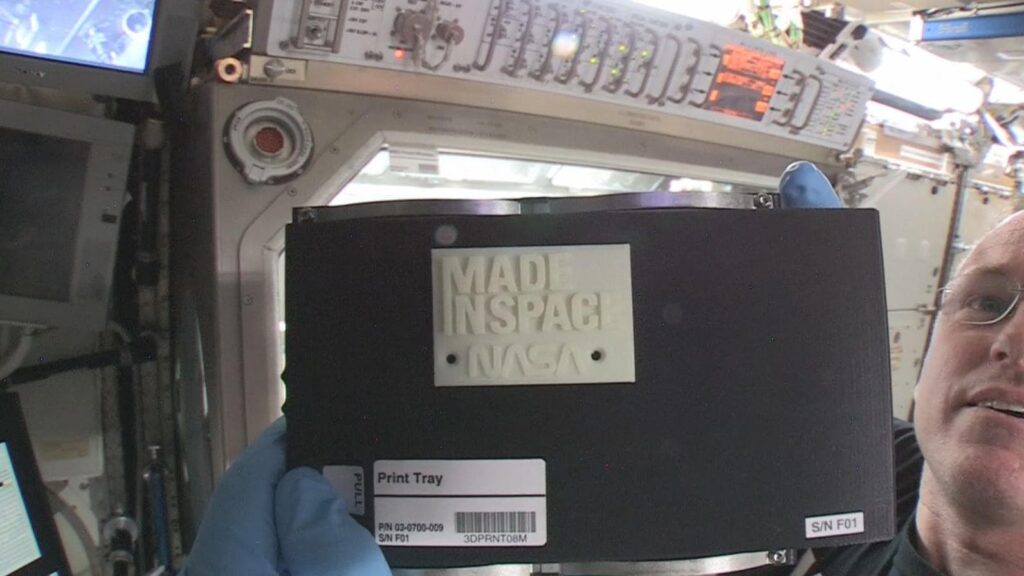
The successful use of a 3D printer laid the foundation stone for a new era of space exploration, giving astronauts the opportunity to independently create the necessary items and tools, without waiting for them to be delivered on the next supply spacecraft from the Earth. Already in 2016, a real printing shop was launched on the ISS, with the help of which the station crew manufactured several hundred tools, devices and components. And in 2023, the first metal 3D printer will go to the ISS. With its help, Airbus hopes to establish the manufacture of satellite components directly in orbit.
But the possibilities of 3D printing are not limited to this. In the future, it will allow the conquerors of the Moon (and then Mars) to print the components necessary for the construction of settlements directly on the spot, using regolith as raw materials. This will significantly reduce their cost and simplify the supply.
A Year in Space
The study of how long-term stay in space affects the human body is one of the highest priorities in orbital science. For sixty years, countless experiments have been conducted on this topic and amazing records have been set. For example, in 1994 – 1995 cosmonaut Serhii Poliakov spent 437 days in orbit.
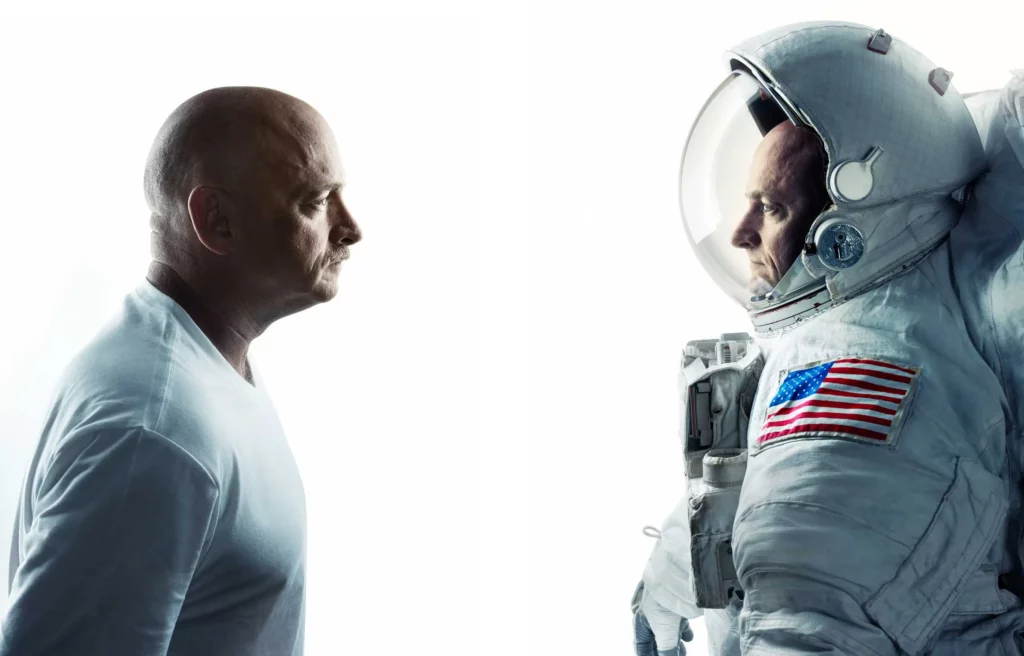
But the NASA experiment “A Year in Space” stands out even against this background. Its key feature is that its member Scott Kelly has a twin brother Mark. At the same time, he is also an astronaut who has made a number of flights into space, which is an unprecedented case in the world of cosmonautics. This circumstance provided scientists with a unique opportunity. Thanks to the genetic identity and similar physical condition of the twins, they were able to assess much more accurately how a long-term stay in space will affect the human body.
In the period from 2015 to 2016, Scott Kelly spent 340 days on the ISS. Mark remained on Earth, passing exactly the same tests as his brother. After returning to Earth, Scott Kelly underwent a series of thorough medical examinations. Their results were published in 2019. Doctors found a number of changes in the state of Scott Kelly’s body compared to his brother, including a noticeable deterioration in vision, weight loss and an increased frequency of mutations in DNA. This data will be extremely useful in the preparation of the first manned expedition to Mars.
First plant on the Moon
On January 3, 2019, Chang’e-4 became the first spacecraft in history to make a soft landing on the far side of the Moon. But, this was far from the only area in which the Chinese device became a pioneer. The fact was that there was a sealed container on board, designed to form a closed biosphere.
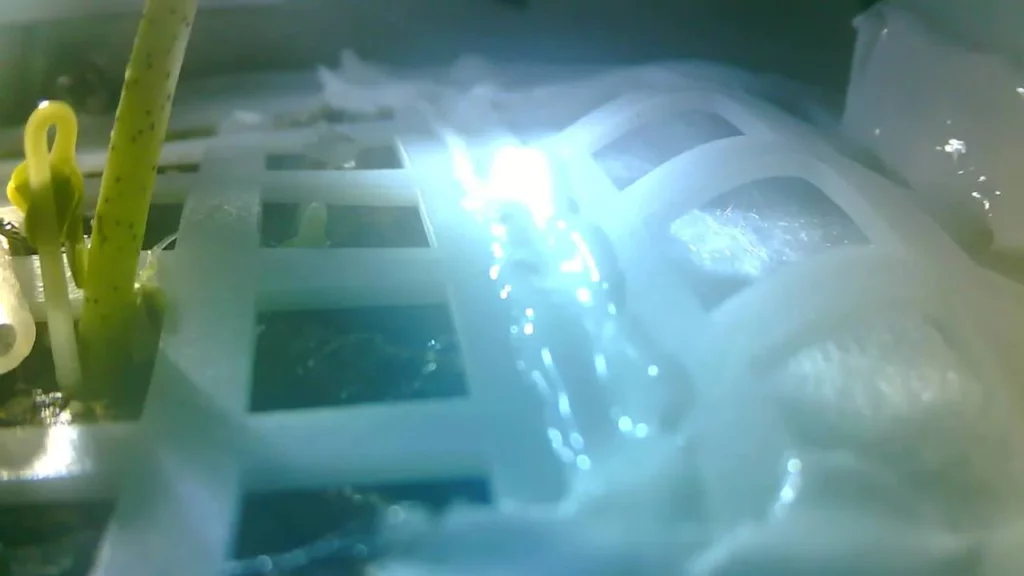
Inside the Chang’e-4 container were soil, air, water, a nutrient supply system, as well as seeds of several plant species, yeast fungi and drosophila eggs. The purpose of the experiment was to test the possibility of the growth of seeds and insects in conditions of reduced lunar gravity and a higher level of high-energy radiation. Its success would be good news for the designers of future lunar settlements, because it would mean that their inhabitants would be able to grow plants and independently provide themselves with some of the necessary products.
On January 7, a camera installed inside the container transmitted an encouraging image showing a cotton sprout. It became the first terrestrial plant to sprout on another celestial body. Unfortunately, after a few days the experiment was completed. It was night at the Chang’e-4 landing site, and the container did not have a built-in heating system. But, despite this circumstance, the experiment brought a very promising result, demonstrating the possibility of creating a greenhouse on the Moon.
Lunar trees
While the first terrestrial plant sprouted on the Moon, on our Earth you can find plants that once visited the Moon. In 1971, astronaut Stuart Roosa, who was part of the Apollo 14 expedition, took with him about five hundred seeds of five types of trees: Pinus taeda, Sycamore, Liquidambar, Sequoia and Pseudotsuga menziesii. They spent 42 hours in lunar orbit, after which they returned safely to Earth.
Subsequently, the seeds were delivered to nurseries for germination. According to various sources, they gave from 420 to 450 seedlings. Some of them were planted together with control samples that did not leave the Earth. After several decades, scientists have not found any noticeable differences between them.
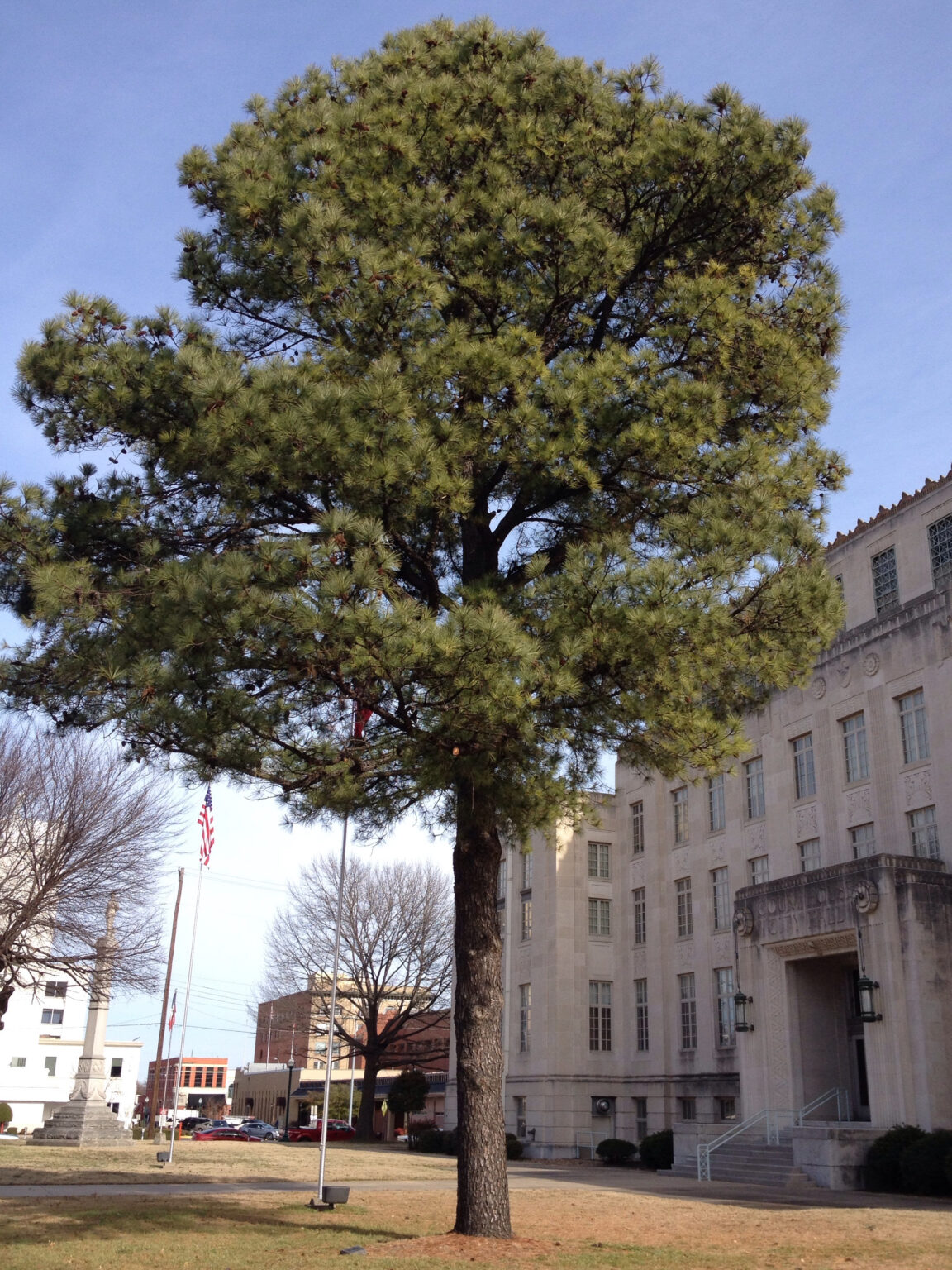
But the bulk of the lunar trees were donated to various American states, universities, research centers, and also donated to other countries. In the following years, some of them died due to old age, illness and extreme weather conditions, while others still continue to grow. At the same time, for some reason, NASA stopped keeping records of the future fate of lunar trees. Therefore, several groups of enthusiasts are now searching for them.
Curiously, in 2022, NASA announced the revival of the lunar trees program. On board the Orion spacecraft, which will fly around the Moon as part of the Artemis I mission, there will be a thousand seeds of the same tree species that once went into space on Apollo 14.
Follow us on Twitter to get the most interesting space news in time
https://twitter.com/ust_magazine

